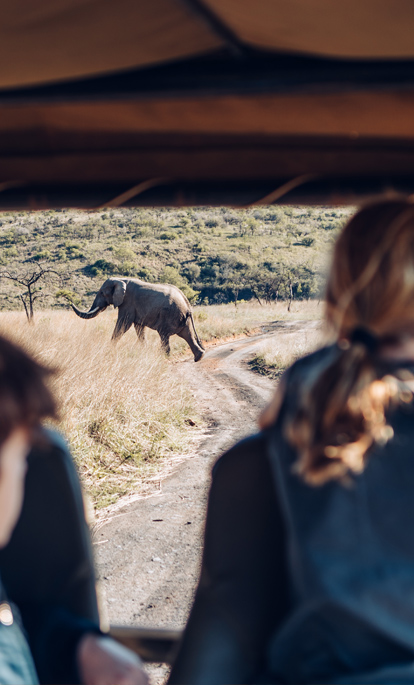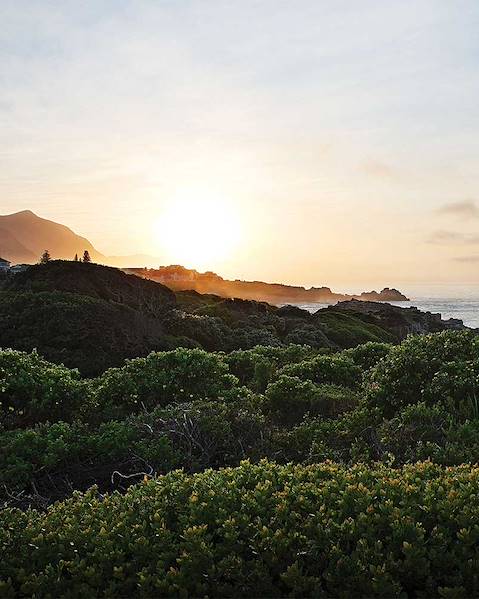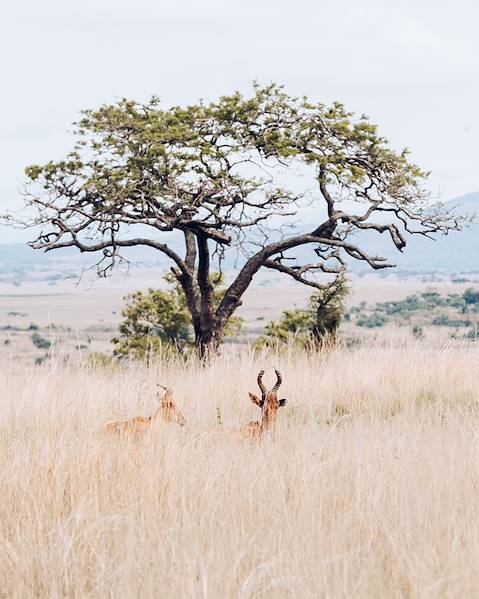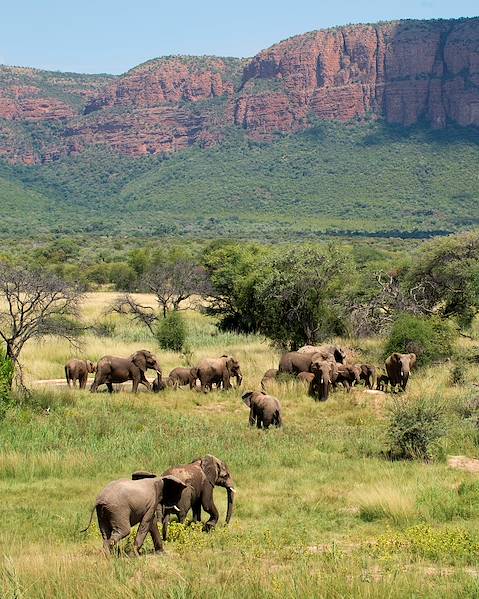South Africa is a diverse powerhouse with lots to protect, from its majestic landscapes to its wondrous wildlife. But like most countries, it faces the challenge of balancing economic growth with environmental protection. Read on to discover how sustainability in South Africa is being practiced so the Rainbow Nation can continue to shine.
Sustainable Development Goals
To encourage sustainability in South Africa, the government and United Nations have created a series of ‘Sustainable Development Goals’ (SDGs). Their mission is to end poverty, protect the environment and ensure people can enjoy peace. These are just a few of the goals the UN is looking to achieve by 2030:
- Clean water and sanitation: widespread access to safe drinking water and good sanitation is vital for communities to thrive. To achieve this, they aim to stop dumping hazardous chemicals into water-related ecosystems to keep them protected.
- Affordable and clean energy: sustainable energy needs to be accessible to ensure universal use. To work towards this, South Africa are hoping to upgrade their technology and actively promote the use of cleaner energy.
- Sustainable cities and communities: this goal aims to provide access to sustainable and safe transport, particularly for vulnerable people. These include women, children and the elderly, who will further benefit from access to safe green spaces.
Sustainable tourism for the economy and environment
Tourism is a key driving force for South Africa’s economy and infrastructure. High footfall means jobs are continuously created, from tour guides to small business owners. On the other hand, the growth in tourism can have adverse effects on the environment, leading to issues such as overcrowding, waste and cultural erosion. Luckily, there are several processes in place to ensure tourism promotes sustainability in South Africa. In Kruger National Park, for instance, every visitor must may a conservation fee for each day they spend in the park which helps to protect the park’s wildlife and landscapes. And on tours of Robben Island, the place where president Nelson Mandela was imprisoned for 18 years, visitors can learn about the history of apartheid in South Africa and see the very cell where Mandela was incarcerated.
Responsible tourism tips
There are plenty of ways to lend South Africa a helping hand and ensure your trip is as responsible as possible:
- Respect the environment and wildlife: when you visit national parks and reserves, leave with no more and no less than what you arrived with. Don’t drop litter and don’t pick plants and flowers (despite how stunning they are, a photo will have to suffice).
- Keep noise down: excited squeals when you spot rhinos or elephants may be tempting, but be wary of frightening them. Scientists have found that these animals are twice as likely to run from the sound of human’s voices than they are from guns or lions. Keeping your voice down is an easy way to reduce disturbance throughout savannahs.
- Familiarise yourself with the language: although English is widely spoken, rural communities often speak one of the 11 South African languages. Learning a few words will earn you some brownie points from the locals.
















